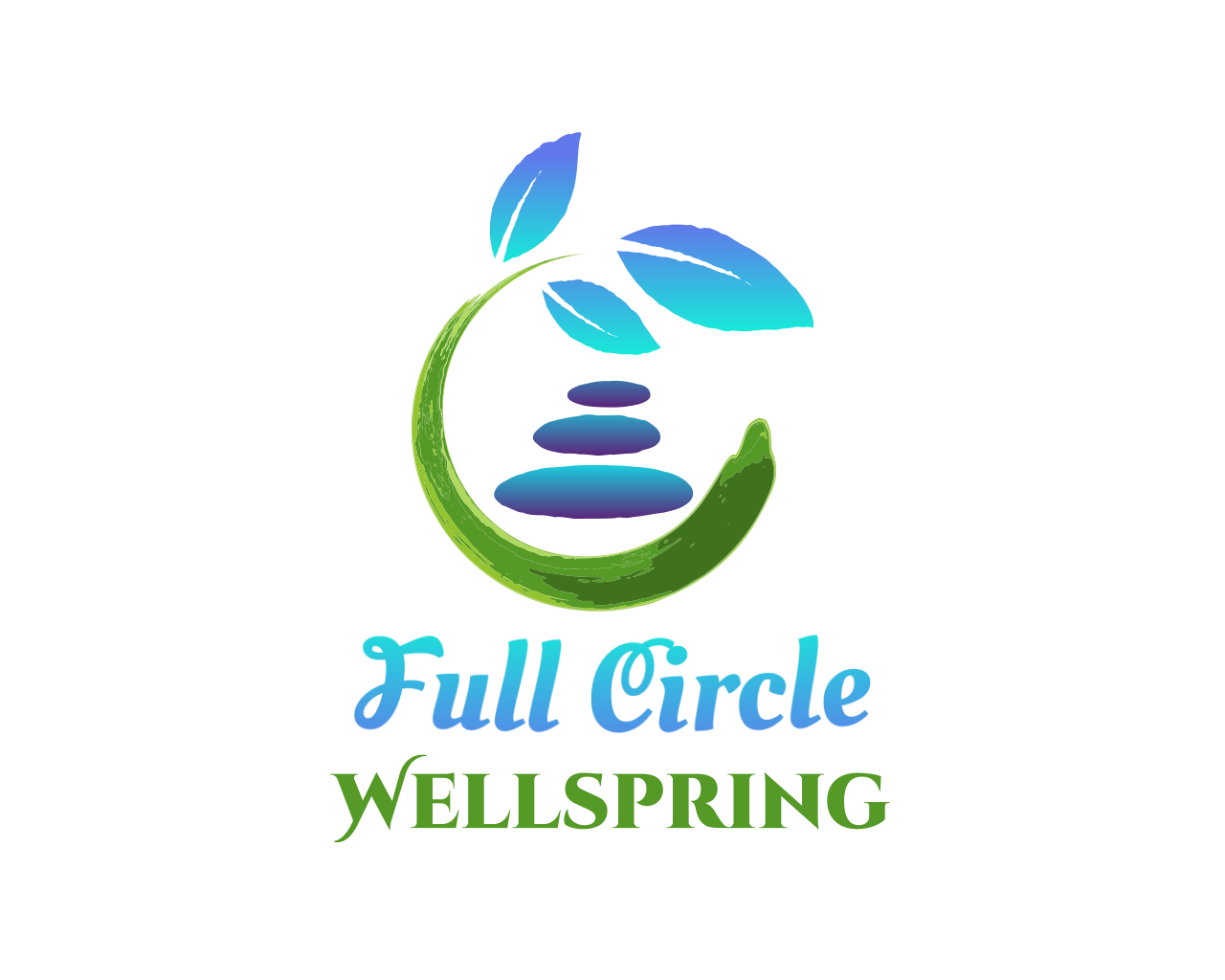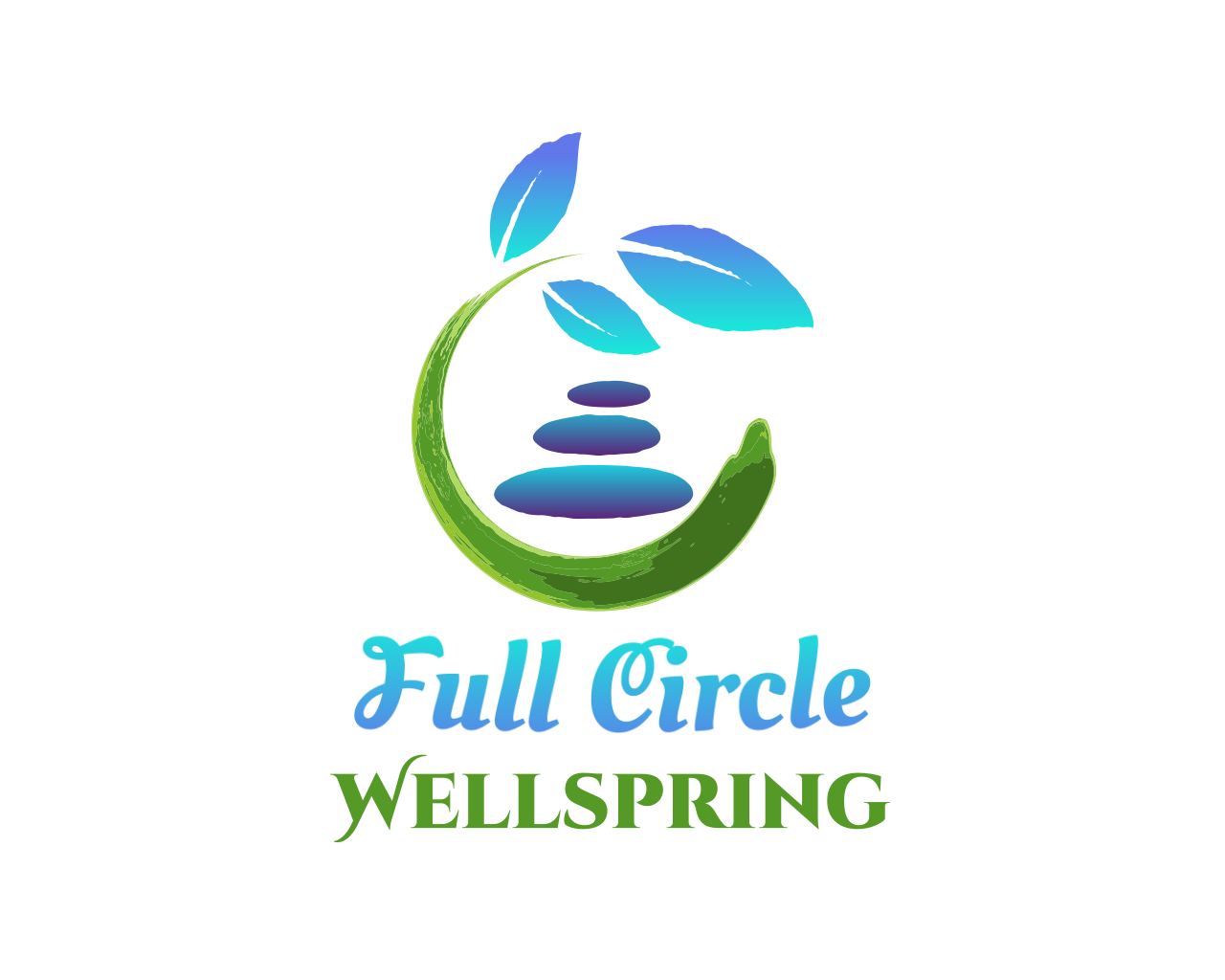Wellspring Wednesdays (ARCHIVES):
There is no one-size-fits-all healing process designed for trauma survivors. The truth is, each of us has to individually tap into our inner wellspring within to find a regimen that works. Each Wellspring Wednesday post was dedicated to finding, exploring, and using the inner resources that all survivors have in order to live their best, healed life.
For more (NEW) content (or to listen to these archived episodes) - check out the Podcast or the YouTube channel! Follow/subscribe so you never miss content!
Wellspring Wednesdays|Week 13: Middle Way
Author Note: If you prefer to listen or watch instead of or along with -
Check out the YouTube video and/or the Podcast audio.
This is one of my favorite topics and best life practices. It’s this week’s Wellspring Wednesday — which focuses more on internal resources and lifestyle choices rather than on Full Circle Friday — which is more focused on external resources, adjunctive services, and usually philosophies. I placed the Middle Way today because it is indeed a philosophy, a way of life. Personally, though, for me, it’s more of a lifestyle and an internal journey. It’s a personal choice and a way of being. This isn’t the only way of life of course, and some may even disagree with this philosophy. That’s okay; this is just a personal endorsement that has changed my way of thinking in my life.
Essentially, the Middle Way is a life free from extremes. Taoism and Buddhism are often referred to as “the Middle Way”. In a non-theistic way, this is a lifestyle, a way of being that doesn’t allow for one-sidedness. It’s a kind path because it attempts to see all points of view and then finds a median to walk down. I find a lot of logic in Taoism because of the way it finds peace in an unpeaceful world. It offers kindness in an unkind environment.
I firmly believe that anything can and most everything is on a pendulum. There is a perfect center — to relationships, to conversations, to personality traits, to reactions, to moods, to general lifestyle choices, etc. When the swing of the pendulum pushes out too far into an extreme, it’s important to recognize it’s going to swing back too far the other way in order to balance itself back to its perfect center eventually. This is important to recognize because trauma survivors often suffer with black and white thinking. Especially with developmental trauma, survivors can see the world and others and even themselves in an “either/or” context. This is very common. However, life doesn’t work in the black and white way. Life has nuances, multiple angles to the same story, intonations, contradictions, and a lot of grey areas with no solid answer. We survivors like things cut and dry, predictable, and tolerable. I wish it were that simple.
Learning the Taoist way of life, the Middle Way, teaches you the harmony of life by not allowing your thoughts and emotions to be swung too far away from the center. The core tenants of this philosophy are non-doing and non-attachment. Picture the pendulum swing. The belief here is that all things in life are looking for a core center. If a relationship is out of balance, if a job is making you feel unfulfilled, or a child is going through a life crisis — there will eventually be a homeostasis because that’s the design of life. Non-attachment to the outcome is key here because while the pendulum swings wildly, you can walk away from dizzying situations that are dysfunctional or unhealthy. They can keep swinging wildly, and you can stay in your center. Life doesn’t have to take you off your course. Taoism teaches that the world is constantly in fluctuation but that things will return to their origin. The Middle Way also affirms that things don’t have to be mutually exclusive. My first ‘Trauma Survivorhood’ episode called “And” is a good reminder that things can be “both/and” instead of “either/or”. For instance, you can experience two emotions at the same time. There is nothing wrong with that. In fact, experiencing two things at once that are powerful like can actually help to bring back the centered balance when you fully allow both of them.
In order for you to stay in your harmonious center, you must allow all the uncentered things around you to fall into the background. In non-doing and non-attachment, you can liberate yourself from being caught in the middle of the natural chaos of life. What we mean by non-doing is not to not do anything, but to monitor your emotional involvement in the natural things in life. If there is a relationship that is causing more stress or harm than wonderful times — the involvement of constantly trying to fix it without the other person putting in any effort for instance — the “non-doing” thing to do would be to step out of the relationship. Carrying both partners efforts will never amount to enough effort to make positive changes in the relationship. The “non-attachment” here doesn’t mean to not be attached to your partner, but to not be attached to the outcome. If you start trying to make positive changes and your partner matches that, you can continue to work on the relationship. Meeting in the middle, this will result in a stronger, healthier relationship. If you are making changes and the other person is not, the distance between you both will gradually, naturally widen. That’s okay because you aren’t attached to the outcome one way or another. Not to say you don’t want your partner to match your efforts or that you don’t have the desire to save the relationship, but non-attachment means you are going to be alright in either outcome. Taoism, following a Middle Way lifestyle, can help you learn to be centered and safe inside of yourself — no matter the rocky world happening around you. You can be okay with whatever the universe throws at you. No, this is not toxic positivity; you don’t have to be extremely happy with every bad thing that will inevitably come. You can learn though to not fall off the wagon, go into the gutter, or fall apart when negative situations arise to challenge your peace. You don’t have to necessarily “trust the universe” (although you can if you feel safe to do so), but it’s important to trust yourself that you will be alright, or even be better, no matter what life throws at you.
There is a safety within yourself — a Middle Way of calm and serenity and inner peace. That harmony from staying in the safe center of your personal pendulum will allow you to stay patient, keep things simple, let go when letting go is necessary, and walk in a space of harmony with yourself, others, and the universe.
This sounds very flowery, and maybe for you, it’s too flowery. As I’ve said, I’m not woo-woo, just a little woo. I personally can vouch for the progress my heart has made with living the philosophy of the Middle Way. It may not be for everyone, but I wish it was for more people. I believe the world would be more harmonious if others would learn to be okay within themselves. Centering, grounding, and trusting yourself are all very hard for trauma survivors. With interpersonal trauma specifically, many survivors find themselves struggling with their intrapersonal bridge of trust. There is healing to be reconciled within yourself, to yourself, by yourself, for yourself. Learning that internal trust, not allowing self-abandonment, and finding a Middle Way — this will be a stepping-stone to healing your relationships with others and the world around you.
If you are interested to learn more or are curious about my story, feel free to send me a message on the “connect” tab of my website or schedule a 20-minute free consult today to see if coaching is right for you. I’ll offer the wisdom that I have in this area if you are open, and I also will not judge you if you’re not. Everyone is on their own path, and I believe each survivor is able to command their own healing in their own way. I would love to help you along the journey in whatever way you choose.


